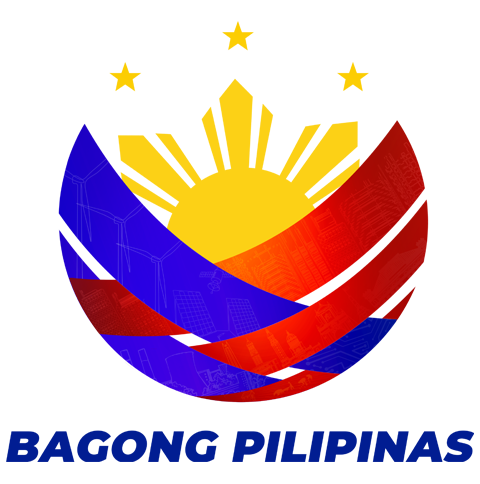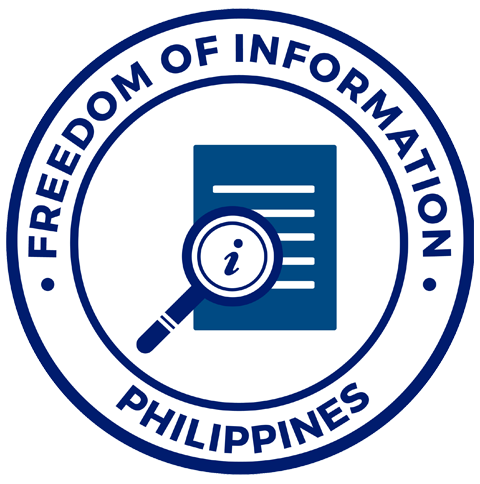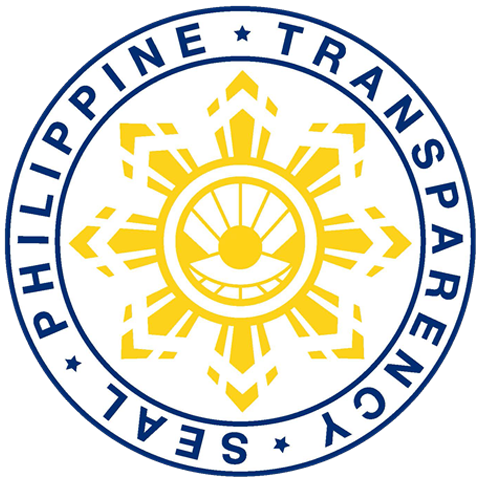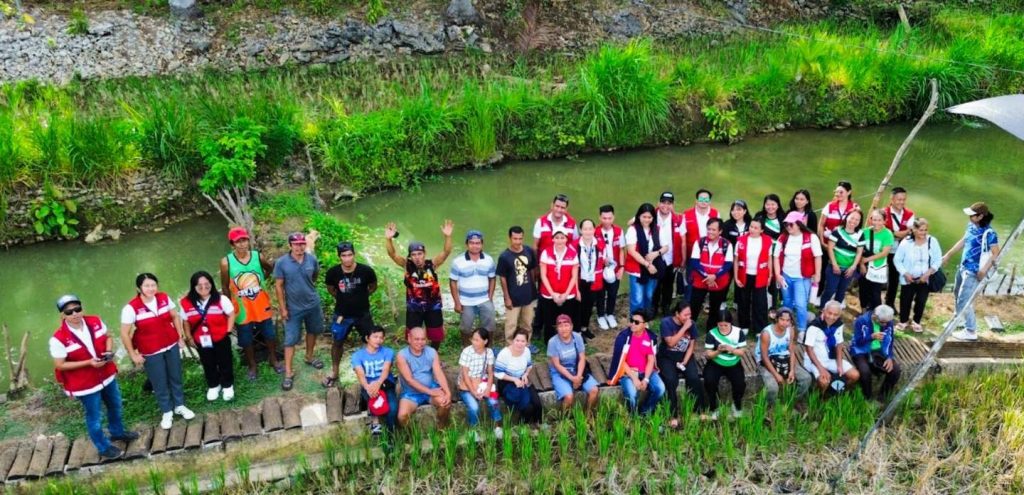
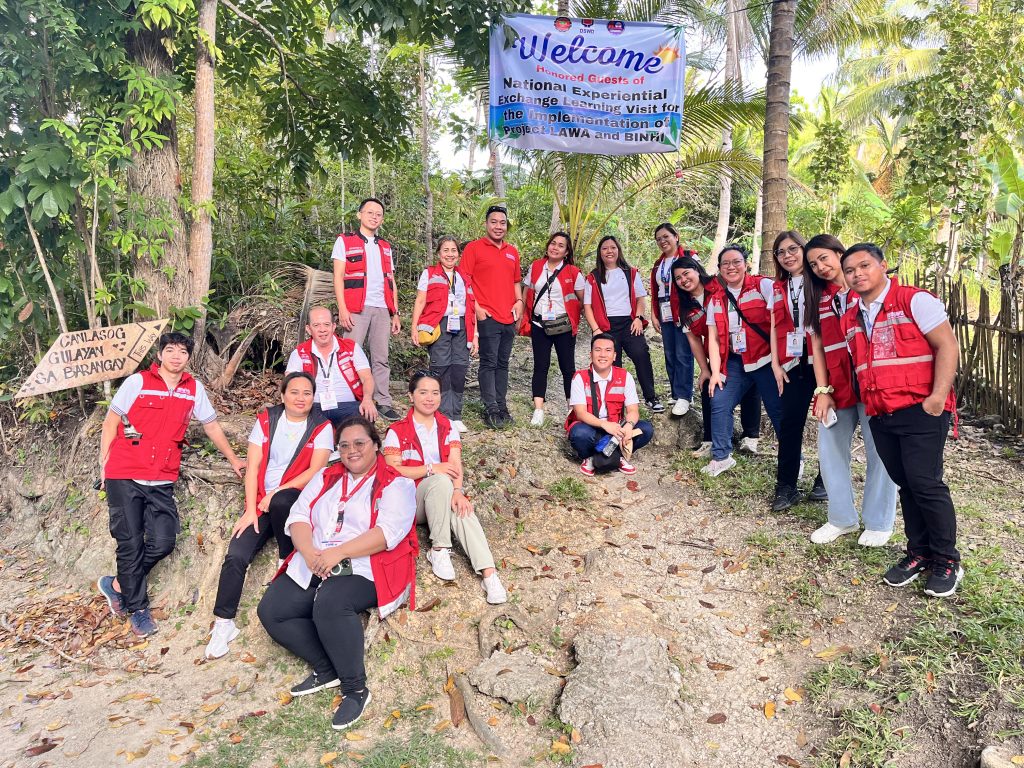
The Department of Social Welfare and Development (DSWD) through the Disaster Response Management Bureau (DRMB) held its first Project LAWA and BINHI Experiential Learning Exchange Visit between DSWD Field Offices (FOs) from Luzon and Visayas clusters from April 8 to 11 in Siquijor Province. The activity aims to facilitate exchange of good practices, learn from the challenges and difficulties encountered, explore areas for collaboration, as well as to bridge the gap between the program’s policies and guidelines and its implementation.
Project LAWA or Local Adaptation to Water Access and BINHI or Breaking Insufficiency through Nutritious Harvest for the Impoverished is a flagship program under the DSWD Secretary Rex Gatchalian’s Risk Resiliency Program for Climate Change Adaptation and Mitigation (RRP CCAM) designed to address water scarcity and food insecurity worsened by climate change and disasters, providing sustainable solutions to reduce hunger and poverty in vulnerable communities.
On behalf of DSWD FO 7 Regional Director Shalaine Marie Lucero, Assistant Regional Director for Operations Juanito Cantero expressed his warmest welcome and appreciation to the participants for their active involvement and commitment to this crucial endeavor. Furthermore, DSWD FO 7 Disaster Response Management Division Chief Lilibeth Cabiara presented the purpose and expected outcomes of the learning visit activity.
Bureau Director Maria Isabel Lanada led the activity by providing expert guidance on the thrust and direction of the Project LAWA and BINHI and how to effectively align the proactive interventions and sustainable solutions of the program with the Philippine Development Plan 2023-2028, National Adaptation Plan, DSWD Strategic Plan, National Climate Change Action Plan (NCCAP) 2011-2028, DSWD Buong Bansa Handa Program, Walang Gutom Program, and the Adaptive and Shock-Responsive Social Protection Program.
Participants conducted simultaneous site visits to the communal gardens of Barangays Tag Ibo and Canlasog, and the water reservoir in Barangay Capalasanan. The visit featured partner beneficiaries showcasing their grown food crops and farming techniques. Most importantly, it provided a platform to exchange experiences from the project through focused group discussions. The discussions surfaced both positive impacts and certain challenges encountered by the partner-beneficiaries during the project implementation.
Following the site visits and insightful dialogue, the participants reconvened to synthesize their observations and learnings into concrete plans. The collaborative sessions between project implementers and beneficiaries will be instrumental in developing implementation strategies aimed at bridging the existing gaps in support and resources and amplifying the impact of the project to the communities.
Prior to the activity proper, DSWD Bureau Director Lanada along with Assistant Bureau Director Michael Cristopher Mathay and DSWD delegates paid a courtesy call visit to the Siquijor Provincial Governor Jake Vincent Villa. The governor’s pledged commitment, solidified during the courtesy call, is essential to the long-term viability and success of the social welfare projects, demonstrating the LGU’s critical role in ensuring sustainability.
This activity will be followed by two more sessions featuring learning exchange between FOs from Visayas and Mindanao clusters and between FOs from Luzon and Mindanao clusters.

